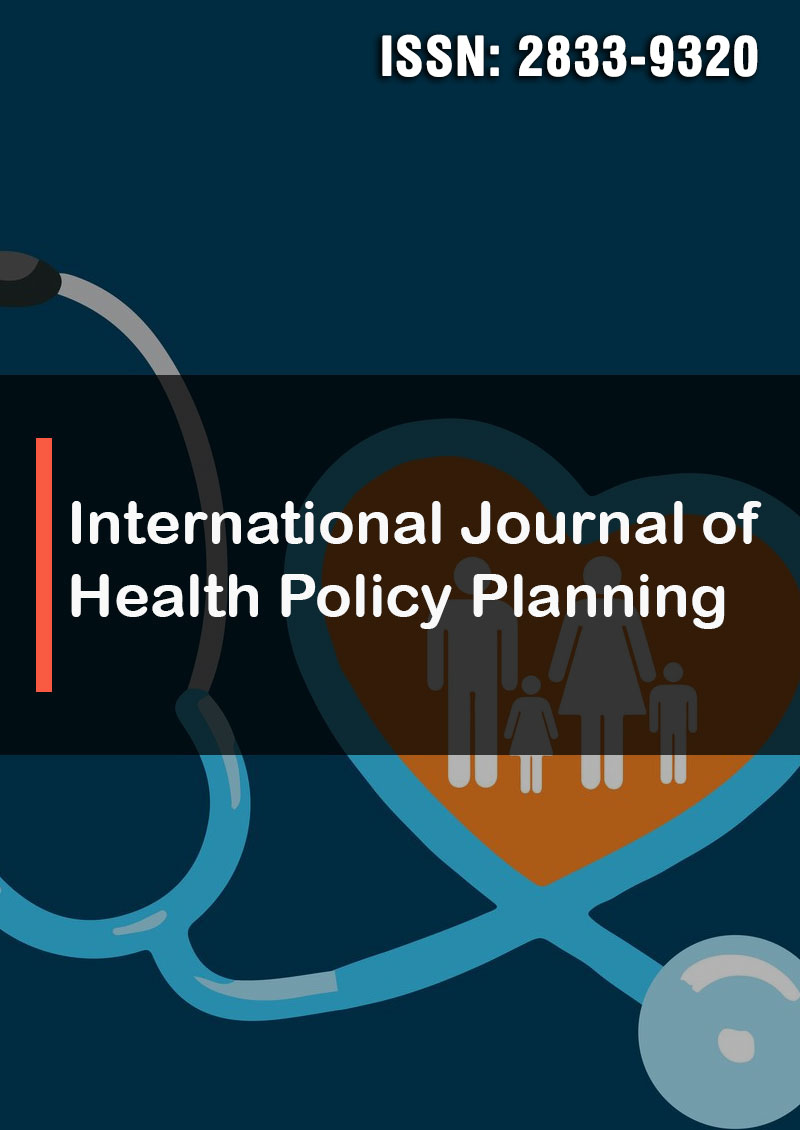Contribution of Results-Based Financing in Quality Improvement of Health Services at Primary Healthcare Facilities: Findings from Tanzania Star Rating Assessment
Abstract
Joseph C Hokororo, Radenta P Bahegwa, Erick S Kinyenje, Talhiya A Yahya, Chrisogone J German, Mohamed A Mohamed, Omary A Nassoro, Ruth R Ngowi, Yohannes S Msigwa, Mbwana M Degeh, Laura E Marandu, Syabo M Mwaisengela, Bushi N Lugoba, Edwin C Mkwama, Hassan O Muhomi, Jimmy Mbelwa, Michael Habtu, Eliudi S Eliakimu
Background: Performance-based financing (PBF) is an important mechanism for improving the quality of health services in low- and middle- income countries. In 2014, Tanzania launched a countrywide quality approach known as Star Rating Assessment (SRA) which aims to assess the quality of healthcare service delivery in all Primary Health Care (PHC) Facilities in the country. Furthermore, by 2018 (2015-2018), the country rolled out RBF initiatives into eight regions in which PHC facilities were paid incentives based on their level of achievement in SRA assessments. This study aims to compare performance in quality between PHC facilities under RBF regions and non-RBF regions using the findings from the twophases SRA assessments; baseline (2015/16) and follow-up (2017/18).
Methods: Analysis of performance of SRA indicators in the SRA service areas were identified based on the star rating tool that was used. The star rating tool had 12 service areas. For the sake of this implementation study, only seven service areas were included. The purposive sampling of the areas was used to select the areas that had direct influence of RBF in health facilities improvement. We used a t-test to determine whether there were differences in assessment star rating scores between the regions that implemented RBF and those, which did not at each assessment (both baseline and reassessment). All results were considered significant at p < 0.05. The 95% Confidence Interval was also reported.
Results: The mean value was found to be 61.26 among facilities exposed to RBF compared to 51.28 among those not exposed to RBF. The study showed the mean difference score to be 10.79, with a confidence interval at 95% to be -1.24 to 22.84, suggesting that there was (no) a significant difference in the facilities based on RBF exposure during baseline assessment. The p-value of 0.07 was not statistically significant. Overall, there was an increment in facilities scoring the recommended 3+stars and above by 17.39% between the assessments, the difference was significant (p=0.0001). When the regions were stratified based on RBF intervention; facilities under RBF improved in 3+ stars by 10.63% higher compared to those that were not under RBF; however, the difference was not statistically significant (p=0.06).
Conclusion: Improvement of Health services needs to adhere to all six WHO building blocks and not to a sole financing. The six WHO building blocks are 1. Service delivery 2. Health workforce 3. Health information systems 4. Access to essential medicines 5. Financing 6. Leadership/governance. Probably, RBF found not to influence star rating because other blocks were not considered in this intervention. We need to integrate all the six WHO building blocks whenever we want to improve health services provision.




